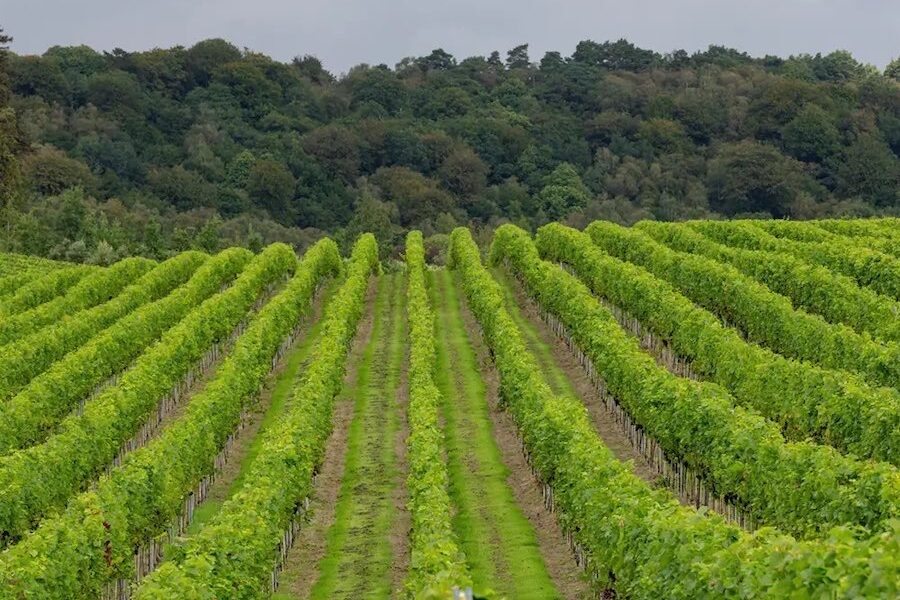NOW’s the time for pruning many deciduous trees and shrubs.

Pruning of trees should never take place from the first week in September to the third week in October.
At these times the sap is rapidly rising and wounds from pruning can bleed profusely.
Another word for pruning is stimulation, ie to stimulate new growth with more shoots to produce bushier growth. In turn, this will give the pleasure of more flowers.
The golden rule when pruning deciduous trees is to remove dead, diseased or damaged branches.
The next step is to look for crossing-over branches rubbing against each other. Just like our skin, this can break the bark and provide access for disease or insects such as borers.
With most flowering trees, once the flowers are finished and most of the leaves have dropped pruning can begin. For example, autumn-flowering shrubs such as hibiscus syriacus in our garden has now finished flowering. This, along with other plants such as crepe myrtles, produce their flowers on new season’s wood. So they can be pruned back by one third any time now. Come spring, a mass of new shoots will appear resulting in many more flowers in autumn.
Winter and spring-flowering trees should not be pruned at this time as they will be covered in buds.
One example is the flowering apricot, prunus mume. This can flower in June in Canberra with the two best varieties prunus mume Splendens with double, deep-pink flowers and yellow stamens. It has a delicious fragrance, especially in the evening. Equally is Rosebud with large, semi-double pink flowers along the bare branches.
Both these trees will grow to about 4mx3.5m and will show a mass of buds in garden centres at this time. They could be planted now to enjoy the blossoms in a month to six weeks’ time or leave in the container until after they have finished flowering.

ON September 28, 2013, I attended the opening of the then-Queanbeyan Council’s sensory garden at Riverbank Park. This was one of the events to mark the city’s 175th birthday.
At the time, it was in its embryonic stage with new plants in raised stone walls. Recently, I went back for another look and it is indeed a pleasure to walk through the garden with the scents of plants wafting through the air. Spectacular red salvias nearly two metres high, rosemary with its soft blue flowers in abundance and many other fragrant plants now fully mature. The added touch of ambience is the river in the background, a perfect place for a picnic.

I WAS and still am fascinated by the amazing gate designed by council worker Alan Neal featuring old farm tools. How many tools can you identify? The sensory gardens located in the Ray Morton Park, part of the Riverbank Park, next to the Art Gallery and Riverbank cafe. Amazingly, this is just one of more than 50 parks in Queanbeyan all immaculately kept. The grass is regularly mowed with hardly a weed to be seen and the forward thinking of advanced tree planting by the council, which today incorporates the Palerang Shire. If only our parks and gardens were kept to the same standard…
Jottings…
- Unless you know where you are going to place new plants, don’t buy them. They will sit around in the pots and possibly end up root bound or dying!
- Keep leaves off hedges, particularly small hedges such as box. Wet leaves can be very heavy and kill parts of hedges.
Who can be trusted?
In a world of spin and confusion, there’s never been a more important time to support independent journalism in Canberra.
If you trust our work online and want to enforce the power of independent voices, I invite you to make a small contribution.
Every dollar of support is invested back into our journalism to help keep citynews.com.au strong and free.
Thank you,
Ian Meikle, editor




Leave a Reply